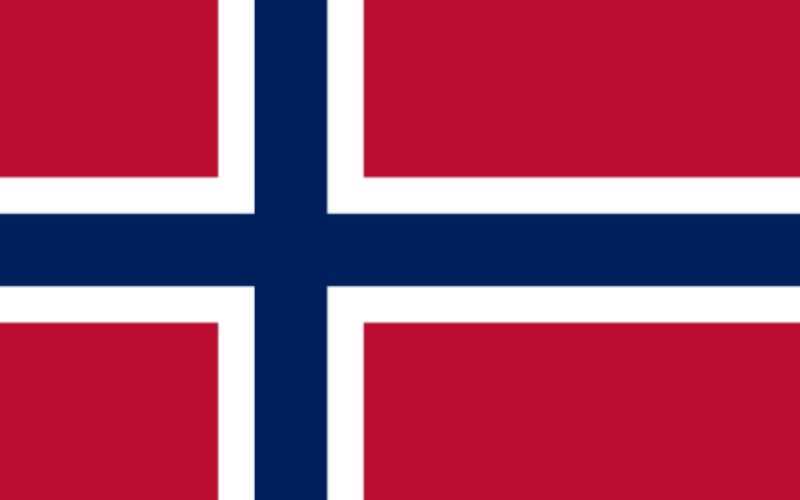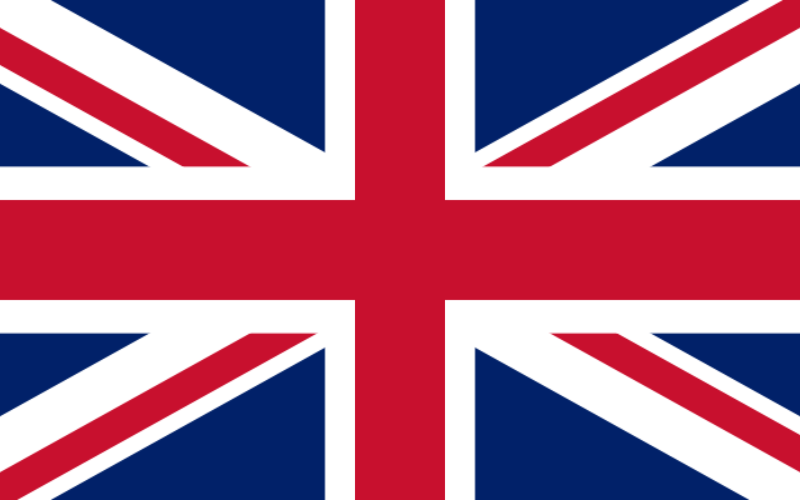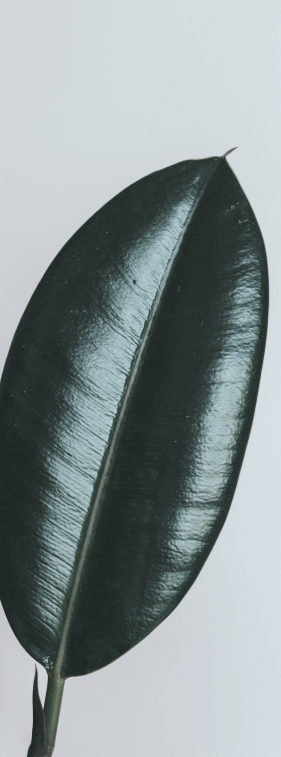
Gliding Brow Lift (GBL) - A new way to lift the forehead, eyebrows and temples with minimal visible scarring
GBL (Gliding Brow Lift) is a new method for lifting the eyebrows, forehead and temple area, from the traditional brow lift and forehead lift where an open incision was made with removal of the skin to a so-called endoscopic Brow Lift and direct removal of the skin with a visible scar above the eyebrow. All methods have both advantages and disadvantages and in the long run the sagging can return.
So now there is a method whereby small skin incisions are made on the hairline (two with more length on each side) to allow access so that specific instruments can be used to separate the skin on the forehead, eyebrows and temples from the deeper tissue. Once the tissues are free, they can be raised and once in the desired position, rows of stitches are placed through the skin to secure the skin and forehead to the new position with thread running inside and outside the skin, also known as a "hemostatic net". The "mesh" -stitches are removed 48-72 hours after surgery, with a few key stitches in the eyebrow itself left in place until 1 week. This has both a lifting effect and a coagulating effect. About 30 sutures are attached to each side of the face, these are visible after surgery until the stitches are removed and we cover them with a bandage.
You must come in after two to three days to remove the sutures. Small scars and possible bruising may be visible for about 7-10 days. The expected result is seen after 3 months, when the skin has settled in the new lifted area.
This method is also called Surgiac Net, developed in Brazil by Dr. Fausto Viterbo, Dr. Andre Auersvald, and Dr. Ozan Sozer, and is now being spread around the world. The best indication is the forehead, temples and eyebrows - but can also be used on the face and neck.
Before the operation
You must be healthy on the day of the operation. If you are in any doubt about whether you have a cold or similar, please contact us. The operation is not performed if you have flu with fever, cough or other infection in the body. Before the operation, you will receive a prescription for antibiotics, painkillers if necessary and Hibiscrub solution 40 mg/ml, which you can buy at the pharmacy.
The day before surgery and on the day of the operation, wash your entire body with Hibiscrub solution in the shower. This is a disinfectant soap that should be rinsed off with water and the skin dried with a clean towel. Put on clean clothes when you leave home. Do not use perfume and lotion. All jewelry, piercings and nail polish/fake nails must be removed no later than the day before the operation and replaced 7 to 10 days after the operation.
To get the best possible result and to avoid complications, it is recommended that you have a normal weight and not an excessively high BMI. If you smoke, or use nicotine such as snuff or electronic cigarettes, you must quit at least 2 weeks before surgery and 2 weeks after surgery.
You should come to the surgery fasting. This means that you should not eat any food including fruit or drink juice with pulp or dairy products 6 hours before the operation. You can drink water, juice, juice without pulp or coffee/tea without dairy products or chew gum/drops/throat lozenges up to 4 hours before the operation. Medication that you may need to take on the day of surgery can be swallowed with 1 glass of water max. 100 ml up to 1 hour before the start of anesthesia.
It is important that you stop taking blood-thinning medication about 14 days before the operation, preferably in consultation with your GP or us. For other medications, consult the clinic before the operation. You should also avoid eating a lot of garlic and health food preparations.
You must arrange in advance with a person to pick you up at the clinic about 1 hour after the end of the operation, as you cannot drive yourself, take public transport or taxi alone.
On the day of surgery
You will be received by our staff who will prepare you for the operation before the surgeon sees you. Before the actual procedure, the surgeon will go through the procedure, draw up the plan and answer any questions you may have. Anesthesia staff will also come and greet you and answer your questions.
When the operation is about to begin, the surgical nurse will pick you up and wash the operating area while anesthesia personnel give you a sedative in your arm so you sleep under surgery. In addition, the surgeon will administer a local anesthetic in the operating area for a long-lasting analgesic effect in the operating area after the operation, which also reduces bleeding in the area.
After the operation, you will be moved to the recovery room where you will have your own bed. You will then rest for 1-2 hours and be served food and plenty of drink in the form of sandwiches, yogurt and juice (remember to inform about allergies). Painkillers may be given if necessary.
The surgeon will check on you before your return home/hotel stay and you will be cleared by anesthesia staff before you go home with an adult companion. The PVK attached to your hand will be removed before you leave. A car or taxi must be used as a means of transportation immediately after surgery, we do not recommend public transport or walking.
After the operation
All patients come for a postoperative check-up the day after surgery. We recommend that you do not travel by air for the first 48 hours after surgery. During this time, a follow-up appointment will be arranged at the clinic and you should come to the clinic the day after the surgery.
In the first few hours after the operation, you may feel a little tired and sometimes a little nauseous. It's important that you take painkillers as prescribed and as needed, and make sure you drink plenty of fluids for the first 24 hours. Some people may feel a little dizzy, so it's a good idea to take a few minutes to get up. For the first two days, you should rest and lie as still as possible. For the next five days, you can move around gently. If you have an active job, it's a good idea to stay at home.
The final result can only be assessed after 3-6 months. Follow-up checks are arranged with the clinic; the day after surgery, after 1-2 weeks and 3-6 months, as well as a final check after a year. You must call to arrange the check-ups yourself, or alternatively make an appointment with the clinic on the day of the operation.
Bleeding and infection are uncommon and in very few cases require reoperation and/or antibiotic treatment. Anesthetic complications, such as allergic reaction to anesthetics, are extremely rare.
Physical exercise and hard physical work should be postponed for about 4 weeks.
The scars are often red, itchy and hard at first, but over time they will both fade and soften.
If correction is necessary due to complications or unsatisfactory results, this will be done free of charge within one year, provided there is a medical indication and a clear potential for improvement. This is our guarantee period.
Pick-up and accommodation
You must arrange in advance for someone to pick you up at the clinic about 1 hour after the operation, as you cannot drive, take public transport or a taxi on your own. You must also have someone with you the same day and the first night.
If you live far from the clinic, we recommend that you stay overnight in Oslo, either with family/friends or at a hotel.
Hotels in the vicinity of Oslo Plastikkirurgi;
Hotel Gabels Hus in Gabelsgate 16.
Frogner House Apartments, Bygdøy Allé 53.
(We have an agreement with Frogner House Apartments, please inform us when booking a room).
Ask for guidance and advice
We can give you the best advice face to face. We will guide you to the best solution for you.
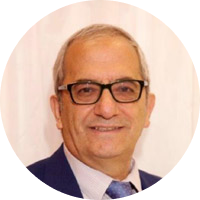
The doctor in charge is Dr. Amin Kalaaji, senior consultant dr.med, specialist in plastic surgery and head of the clinic at Oslo Plastikkirurgi, and head of the Norwegian Society for Aesthetic Plastic Surgery (NFEP) 2018-2020.
Dr. Kalaaji holds many positions and gives lectures and training around the world. This benefits all our patients as he is always up to date on the latest and most advanced treatments and surgical techniques.
Patient safety, high quality and individual treatment are always our top priorities at Oslo Plastikkirurgi.
FAQ - Frequently asked questions
Oslo Plastic Surgery answers frequently asked questions here, and we hope this provides you with good information. We want to be helpful in the process before a surgery. If you have any further questions, just write or call us.
All patients must undergo a consultation before surgery. The consultation is conducted by our experienced plastic surgeon, who will ask you questions about your medical status; previous or current illnesses, previous operations, use of medication, etc. An examination will then be carried out, and the surgeon will assess the possibility of surgery.
If you are suitable for surgery, you will receive information about the operation itself, precautions for the time before and after the procedure, and you will receive answers to your questions.
For patients with long travel distances, we offer consultation via telephone and/or video consultation. We will send you a health information form to be completed and returned to us before the consultation. You will also send us some photos.
Should surgery be necessary, the surgeon will conduct a thorough assessment the day before the planned surgery.
You must be healthy on the day of the operation. If you have any doubts about whether you have a cold or similar, please contact us. The operation will not be performed if you have flu and/or fever or a cough or other infection. Before the operation, you will be given a prescription for antibiotics, possibly painkillers and Hibiscrub solution 40 mg/ml, which you can buy at the pharmacy.
In Norway, it is not permitted to show before and after pictures of silicone from cosmetic procedures in marketing or on the clinic's website. However, we can show great pictures from previous patients when you come for a consultation with the surgeon. This can be a great help when we discuss the size of the implant, and it can make it easier for you to imagine an expected result.
If correction is necessary due to complications or unsatisfactory results, this will be done free of charge within one year, provided there is a medical indication and a clear potential for improvement. This is our one-year guarantee agreement.
The procedure is done with local anesthesia and heavy sedation, often in combination with other procedures such as upper eyelid surgery. It can be done as a day case (in and out the same day) or if with other procedures, with you staying in hospital, depending on the nature of the other procedures.
The sliding brow lift lifts and stabilizes your brow, removing the tired or dull look that may have developed from the weight of your low brow. The wrinkle muscles can also be weakened in addition to the brow lift.
The gliding brow lift alone takes 60-90 minutes
It is common to experience some headache in the forehead region after surgery. You will have some swelling and bruising afterwards, which will fade after 1-2 weeks after surgery and the scars will heal quickly. As above, the mesh sutures are removed 48-72 hours after surgery and the residual stitches in the forehead are removed at 1 week. It can take around 2 weeks in most people for the small dots with stitches to appear. Occasionally (and more commonly in pigmented skin) the marks can last longer.
Rest is recommended initially and you should sleep with 2 or 3 pillows initially so that your head is elevated - this will help the swelling to resolve - the upper (and lower) eyelids may also swell during the recovery period. During the first week, you should avoid straining and bending down, as this tends to increase swelling. Most people are ready to go out and return to work after about 2 weeks, but it is usually 3 weeks before you will be ready for large social events. Strenuous activity should be avoided for at least 4 weeks. Contact lenses should not be worn for 2 weeks after a brow lift.
The sliding brow lift has a high success rate and is an excellent procedure to rejuvenate the forehead and lift the brows to give an open look and fresh appearance to the upper third of the face, which is the hallmark of youth and beauty.
These include wound problems, such as infection and slow healing, as well as bleeding from the wound at times. There may be a slight degree of asymmetry between the two sides. Transient numbness of the forehead and scalp can be expected for a few weeks after the procedure.
Occasionally there may be more bruising than expected - this usually settles uneventfully. There may also be damage to some sensory and possibly motor nerves. In the worst case (which fortunately is rare), there may be impaired brow movement after surgery (this normally recovers within 3 months if it occurs), and possible permanent numbness of the forehead and scalp.
